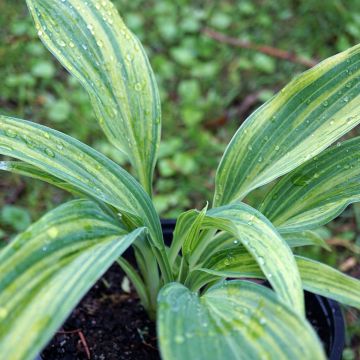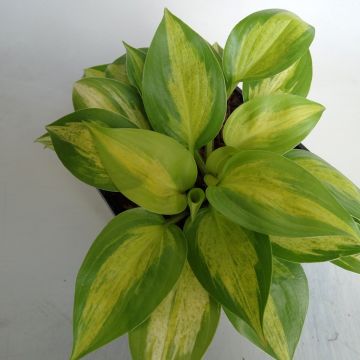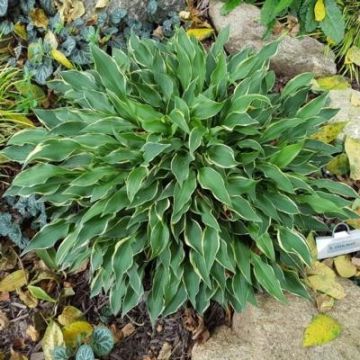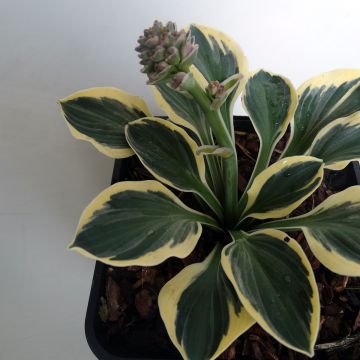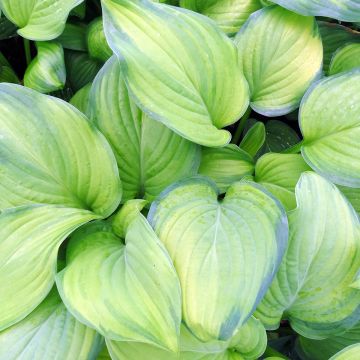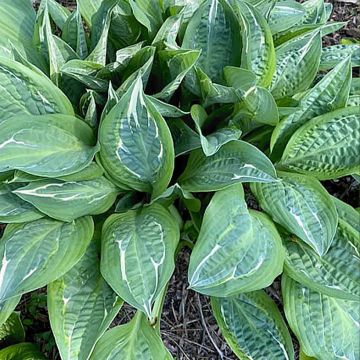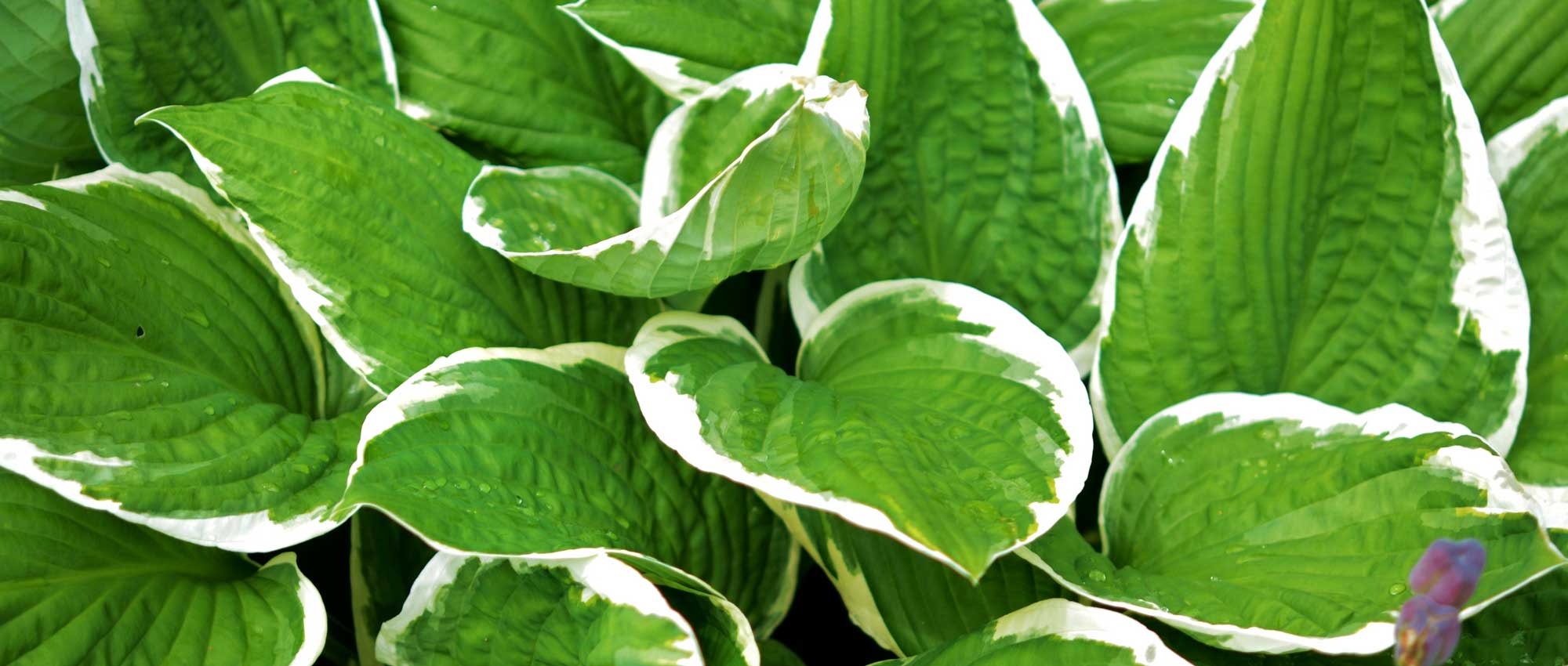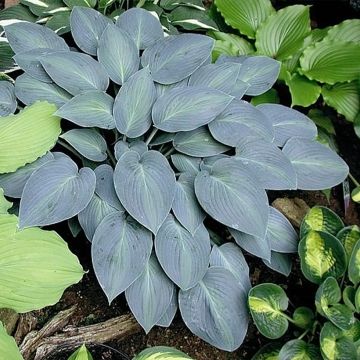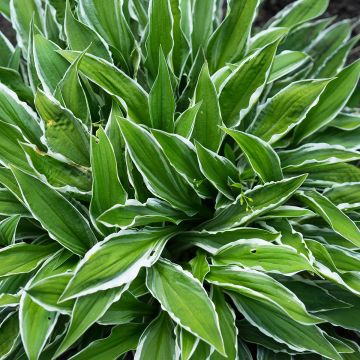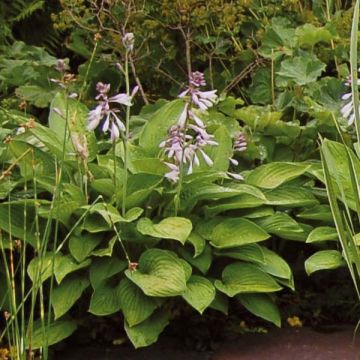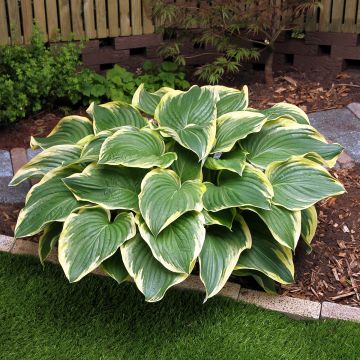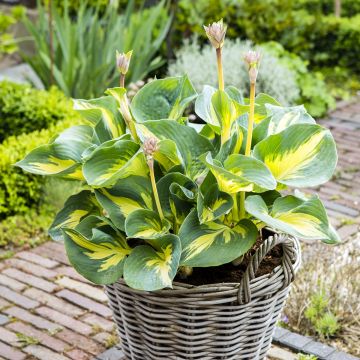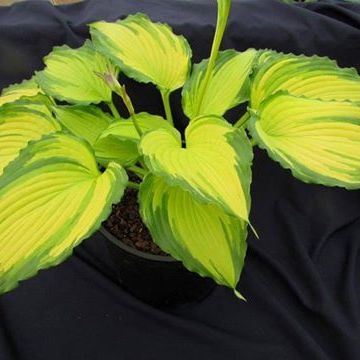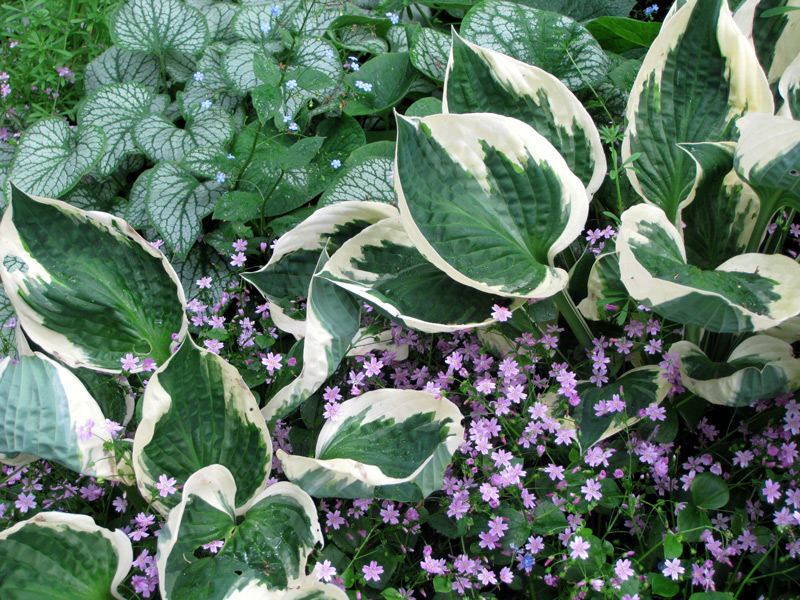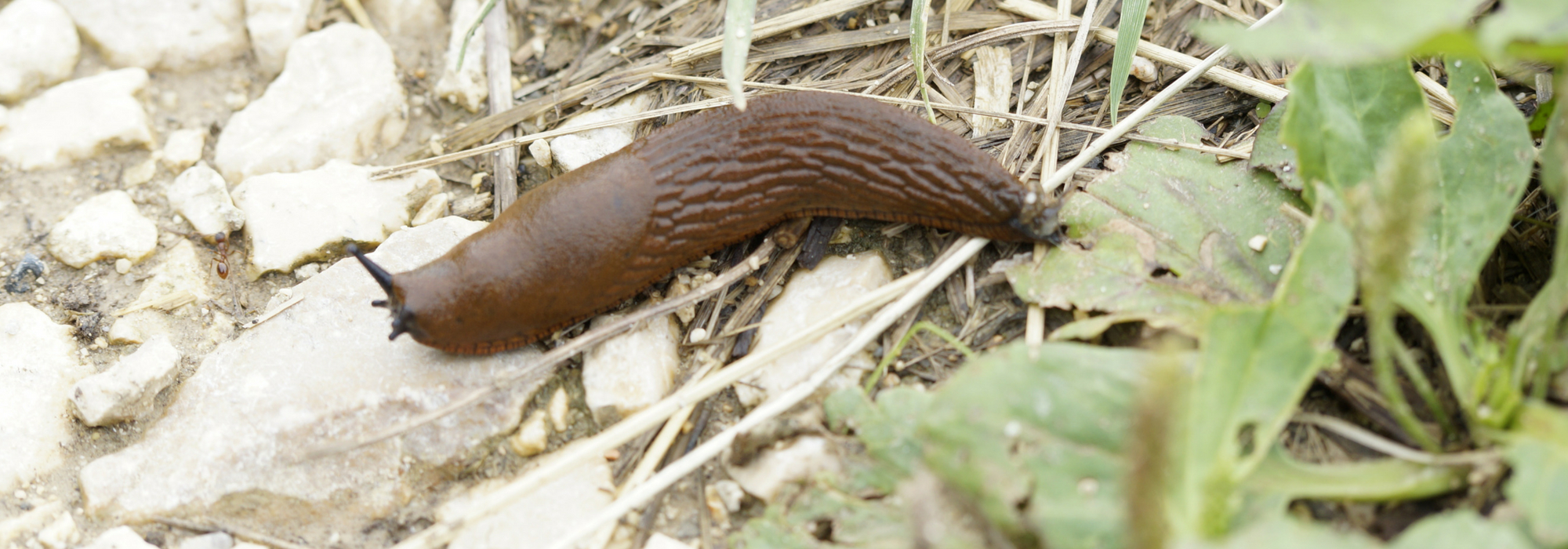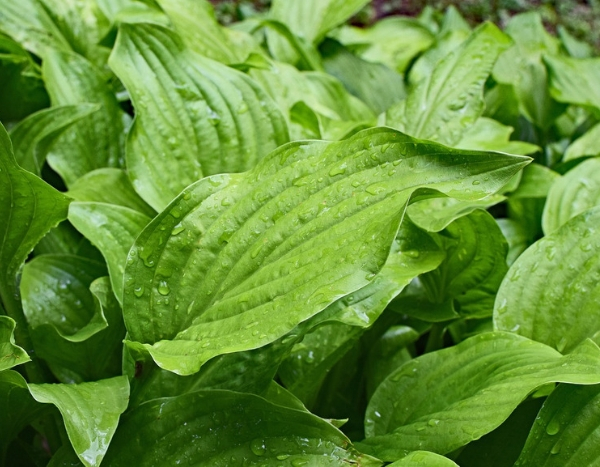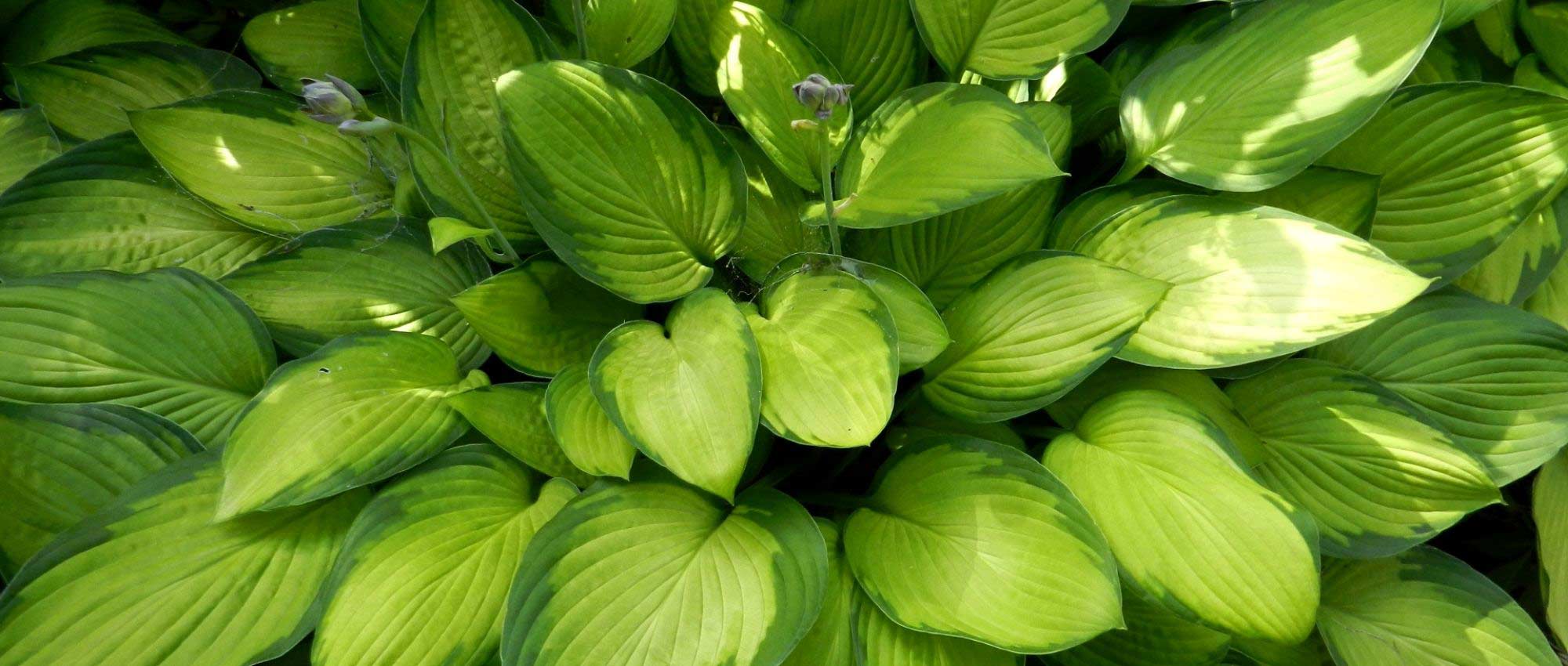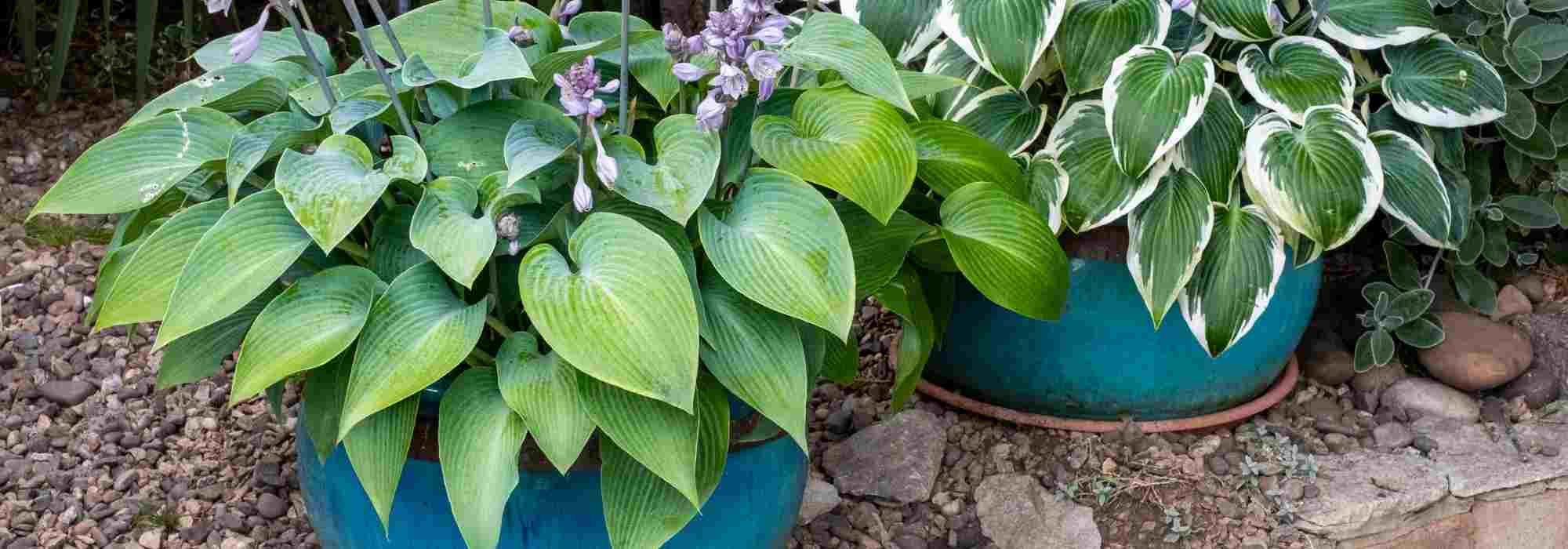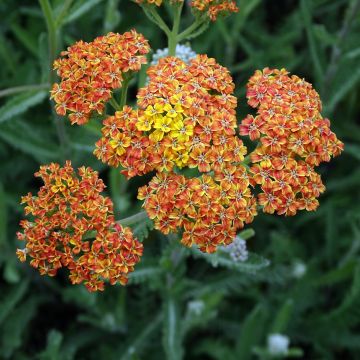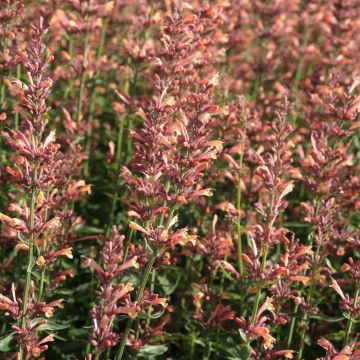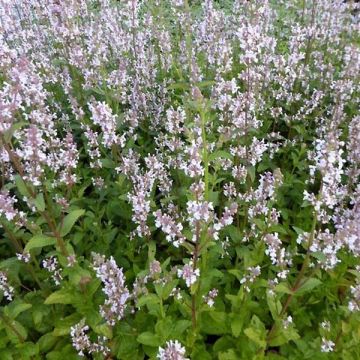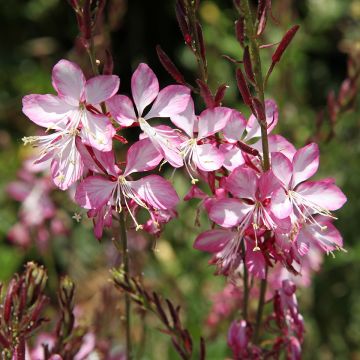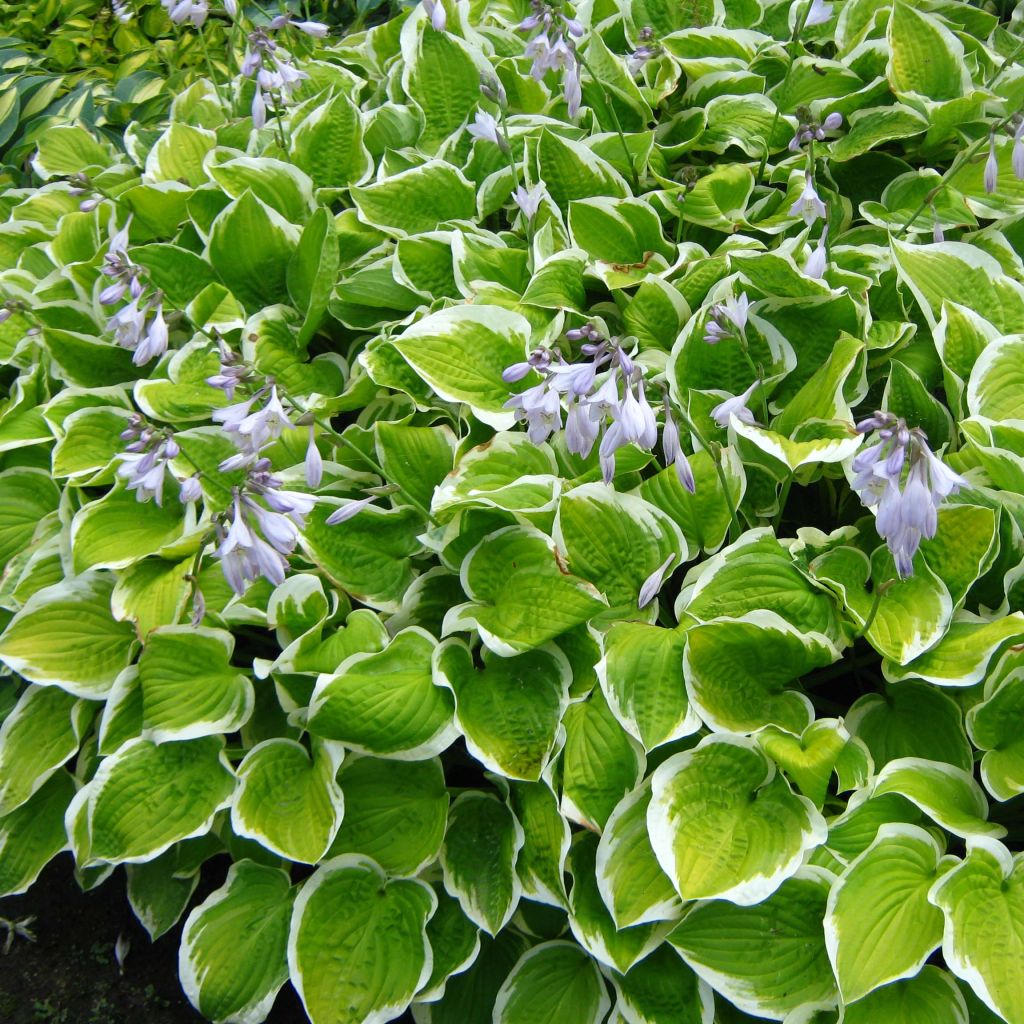

Hosta Shade Fanfare
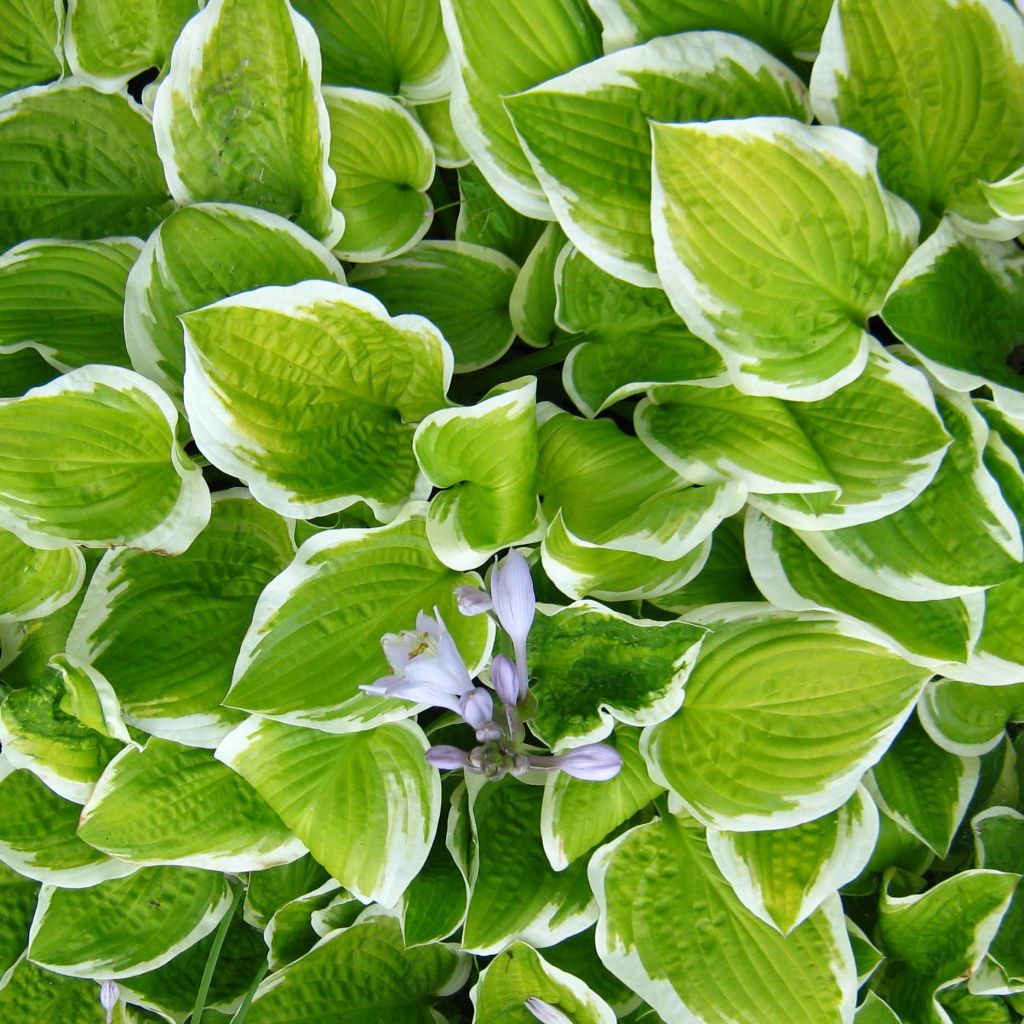

Hosta Shade Fanfare
Hosta Shade Fanfare
Hosta Shade Fanfare
Plantain Lily, Funkia
A neat packaging, a healthy young plant. This hosta has grown significantly over the summer. What lovely leaves! What beautiful shades of green and cream! I am delighted.
Delphine P., 16/10/2020
Special offer!
Receive a €20 voucher for any order over €90 (excluding delivery costs, credit notes, and plastic-free options)!
1- Add your favorite plants to your cart.
2- Once you have reached €90, confirm your order (you can even choose the delivery date!).
3- As soon as your order is shipped, you will receive an email containing your voucher code, valid for 3 months (90 days).
Your voucher is unique and can only be used once, for any order with a minimum value of €20, excluding delivery costs.
Can be combined with other current offers, non-divisible and non-refundable.
Why not try an alternative variety in stock?
View all →This plant carries a 12 months recovery warranty
More information
We guarantee the quality of our plants for a full growing cycle, and will replace at our expense any plant that fails to recover under normal climatic and planting conditions.

Does this plant fit my garden?
Set up your Plantfit profile →
Description
Hosta Shade Fanfare is a reliable and versatile medium-sized variety, requiring little maintenance. Its large undulating heart-shaped leaves are a light and vibrant green, variegated with a creamy yellow border that becomes almost white over time. The foliage comes alive in summer with spikes of lavender flowers. With a rather slow growth, it establishes itself slowly but persistently, despite root competition. A colourful and vigorous plant, capable of suppressing weeds, to be grown in ordinary soil, even occasionally dry, preferably in partial shade or morning sun to enhance the beauty of the foliage.
Hostas are deciduous perennial plants that belong to the lily family, or Hostaceae. The 'Shade Fanfare' Hosta stands out for its ease of cultivation, robustness, and beautifully variegated foliage. It is a sturdy and long-lived plant. It will reach a height of 45cm (18in) or more, and when in bloom, it will spread over 50cm (20in). It forms a wide clump, wider than it is tall. Its foliage is deciduous, heart-shaped with pointed tips and visible veins. The lamina is thick and puckered. Pale yellow to white edges surround areas of almost chartreuse-green. Note that the foliage colouration and colour contrast are enhanced with a slightly sunny exposure. The flowering takes place in July-August, in the form of pale lavender bell-shaped flowers, pendulous, grouped towards the top of peduncles that can reach 60cm (24in) in height. This perennial plant spreads through stolons, similar to strawberries, and forms large clumps over time.
Originally from China, Korea, and Japan, Hostas are very hardy plants. They are most often found as ground cover under deciduous trees, in moist beds or rockeries, and borders, especially near ornamental ponds. The 'Shade Fanfare' Hosta will blend well in partial shade with lady's mantle, yellow loosestrife, baby's tears, ferns, barrenworts, and Claytonia sibirica with which it forms beautiful colourful duos that require little maintenance. It will also look great on a dark-coloured mulch, in the company of columbines and tall foxgloves or small violets. All hostas grow well in pots and can remain in the same container for several years. Choose a special geranium potting soil to use during the growing season. As long as the foliage is not too dense, you can water from the top of the pot. Then place a saucer under the pot where you will pour the water, keeping the level constant in summer.
Most of the species commonly found in Western gardens have been introduced from Japan. In Japan, hostas are edible and are commonly consumed, known as urui.
Hosta Shade Fanfare in pictures
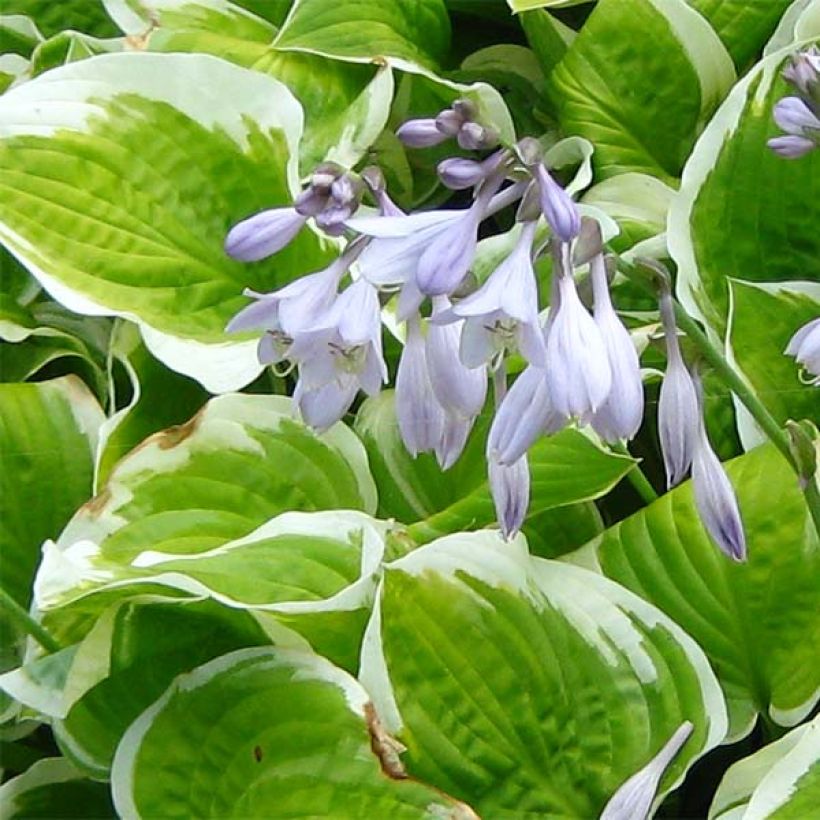

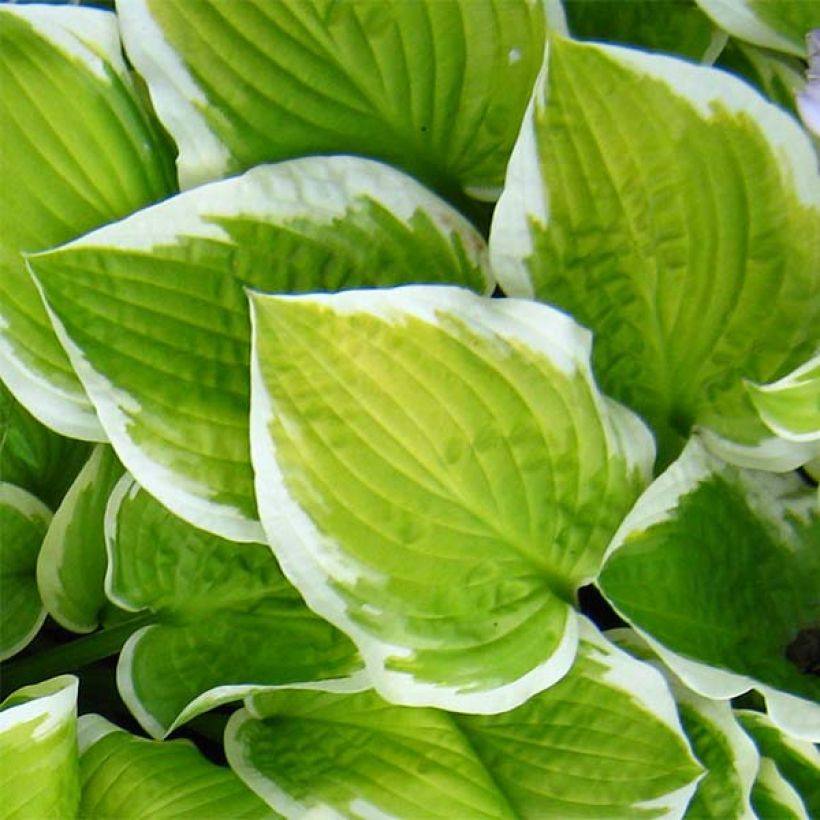

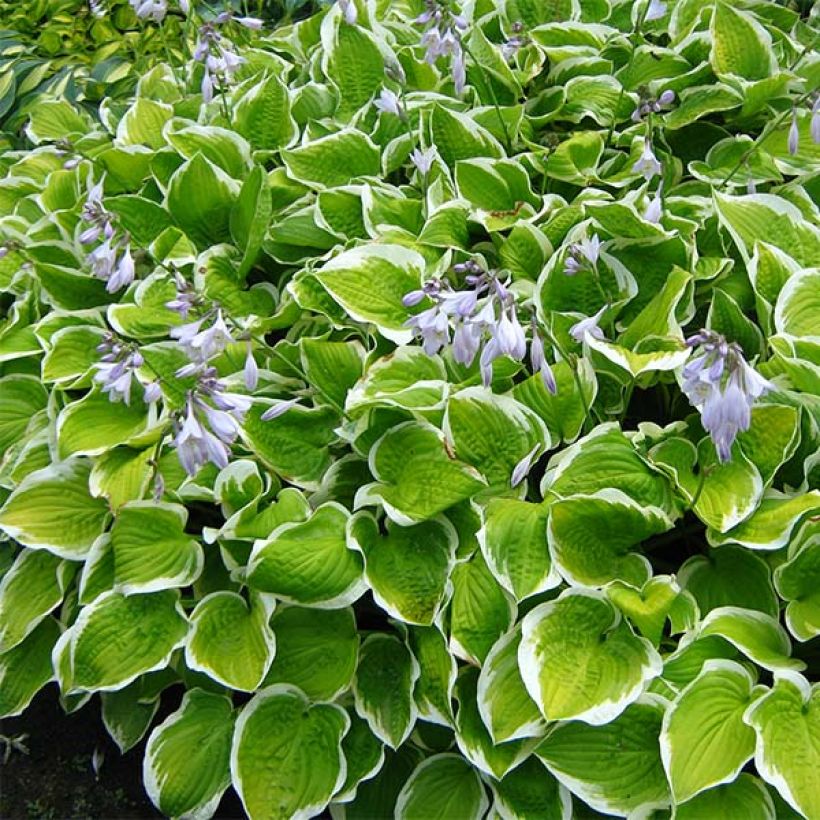

Flowering
Foliage
Plant habit
Botanical data
Hosta
Shade Fanfare
Liliaceae - Hostaceae
Plantain Lily, Funkia
Cultivar or hybrid
Other Hostas A to Z
View all →Planting and care
Hostas are planted in spring or autumn. Hostas prefer a deep, fertile, humus-rich, loose soil, preferably neutral to acidic (at least low in limestone), moist to wet throughout the year. Plant them in partial shade or dappled shade and in a sheltered spot away from strong winds.
Prepare a planting hole of 20cm (8in) x 20cm (8in) x 20cm (8in). If your soil is heavy, mix equal parts compost with crumbled soil, partially backfill the hole, and place your potted plant so that the top of the root ball is covered with 3cm (1in) of soil. Adding a slow-release fertiliser (such as bonemeal) will nourish your plant during its rooting period without risk of burning. Make sure to position the collar well above ground level. Firm the soil and water generously to eliminate air pockets. If the weather is dry, you will need to water regularly for a few weeks to facilitate the establishment of your plant. Also, water regularly during dry summers.
With their common preference for damp places, slugs and snails never stray far from hostas. Even though blue or variegated hostas often have thicker and tougher foliage, which is less appetising to slugs, these plants must be protected from gastropods. Protect your Hostas by surrounding them with ferramol-based granules (approved for Organic Agriculture), eggshells, coffee grounds, wood chips, or any dry and rough natural substance that repels them. Hedgehogs are the gardener's best allies in the fight against gastropods, as unlike chickens, they do not till the soil and do not attack the lush green shoots of young plants. Finally, some plants have a repulsive scent to slugs, such as wormwood and garlic.
Planting period
Intended location
Care
Planting & care advice
-
, onOrder confirmed
Reply from on Promesse de fleurs
Similar products
Haven't found what you were looking for?
Hardiness is the lowest winter temperature a plant can endure without suffering serious damage or even dying. However, hardiness is affected by location (a sheltered area, such as a patio), protection (winter cover) and soil type (hardiness is improved by well-drained soil).

Photo Sharing Terms & Conditions
In order to encourage gardeners to interact and share their experiences, Promesse de fleurs offers various media enabling content to be uploaded onto its Site - in particular via the ‘Photo sharing’ module.
The User agrees to refrain from:
- Posting any content that is illegal, prejudicial, insulting, racist, inciteful to hatred, revisionist, contrary to public decency, that infringes on privacy or on the privacy rights of third parties, in particular the publicity rights of persons and goods, intellectual property rights, or the right to privacy.
- Submitting content on behalf of a third party;
- Impersonate the identity of a third party and/or publish any personal information about a third party;
In general, the User undertakes to refrain from any unethical behaviour.
All Content (in particular text, comments, files, images, photos, videos, creative works, etc.), which may be subject to property or intellectual property rights, image or other private rights, shall remain the property of the User, subject to the limited rights granted by the terms of the licence granted by Promesse de fleurs as stated below. Users are at liberty to publish or not to publish such Content on the Site, notably via the ‘Photo Sharing’ facility, and accept that this Content shall be made public and freely accessible, notably on the Internet.
Users further acknowledge, undertake to have ,and guarantee that they hold all necessary rights and permissions to publish such material on the Site, in particular with regard to the legislation in force pertaining to any privacy, property, intellectual property, image, or contractual rights, or rights of any other nature. By publishing such Content on the Site, Users acknowledge accepting full liability as publishers of the Content within the meaning of the law, and grant Promesse de fleurs, free of charge, an inclusive, worldwide licence for the said Content for the entire duration of its publication, including all reproduction, representation, up/downloading, displaying, performing, transmission, and storage rights.
Users also grant permission for their name to be linked to the Content and accept that this link may not always be made available.
By engaging in posting material, Users consent to their Content becoming automatically accessible on the Internet, in particular on other sites and/or blogs and/or web pages of the Promesse de fleurs site, including in particular social pages and the Promesse de fleurs catalogue.
Users may secure the removal of entrusted content free of charge by issuing a simple request via our contact form.
The flowering period indicated on our website applies to countries and regions located in USDA zone 8 (France, the United Kingdom, Ireland, the Netherlands, etc.)
It will vary according to where you live:
- In zones 9 to 10 (Italy, Spain, Greece, etc.), flowering will occur about 2 to 4 weeks earlier.
- In zones 6 to 7 (Germany, Poland, Slovenia, and lower mountainous regions), flowering will be delayed by 2 to 3 weeks.
- In zone 5 (Central Europe, Scandinavia), blooming will be delayed by 3 to 5 weeks.
In temperate climates, pruning of spring-flowering shrubs (forsythia, spireas, etc.) should be done just after flowering.
Pruning of summer-flowering shrubs (Indian Lilac, Perovskia, etc.) can be done in winter or spring.
In cold regions as well as with frost-sensitive plants, avoid pruning too early when severe frosts may still occur.
The planting period indicated on our website applies to countries and regions located in USDA zone 8 (France, United Kingdom, Ireland, Netherlands).
It will vary according to where you live:
- In Mediterranean zones (Marseille, Madrid, Milan, etc.), autumn and winter are the best planting periods.
- In continental zones (Strasbourg, Munich, Vienna, etc.), delay planting by 2 to 3 weeks in spring and bring it forward by 2 to 4 weeks in autumn.
- In mountainous regions (the Alps, Pyrenees, Carpathians, etc.), it is best to plant in late spring (May-June) or late summer (August-September).
The harvesting period indicated on our website applies to countries and regions in USDA zone 8 (France, England, Ireland, the Netherlands).
In colder areas (Scandinavia, Poland, Austria...) fruit and vegetable harvests are likely to be delayed by 3-4 weeks.
In warmer areas (Italy, Spain, Greece, etc.), harvesting will probably take place earlier, depending on weather conditions.
The sowing periods indicated on our website apply to countries and regions within USDA Zone 8 (France, UK, Ireland, Netherlands).
In colder areas (Scandinavia, Poland, Austria...), delay any outdoor sowing by 3-4 weeks, or sow under glass.
In warmer climes (Italy, Spain, Greece, etc.), bring outdoor sowing forward by a few weeks.






























